Cashews Grow on Giant Fruits, and 20 More Fascinating Food Facts
Updated Sept. 13 2019, 10:37 a.m. ET

Sometimes it's good to take a step back and actually think about what you're shoving in your mouth day after day. Some foods that we eat every day have backgrounds or details about them that are truly surprising! From French fries to figs to carrots to Cheetos, there are facts about the foods we eat that are actually quite shocking. These are some of the most jaw-dropping ones.
This is how cashews grow. Seriously.
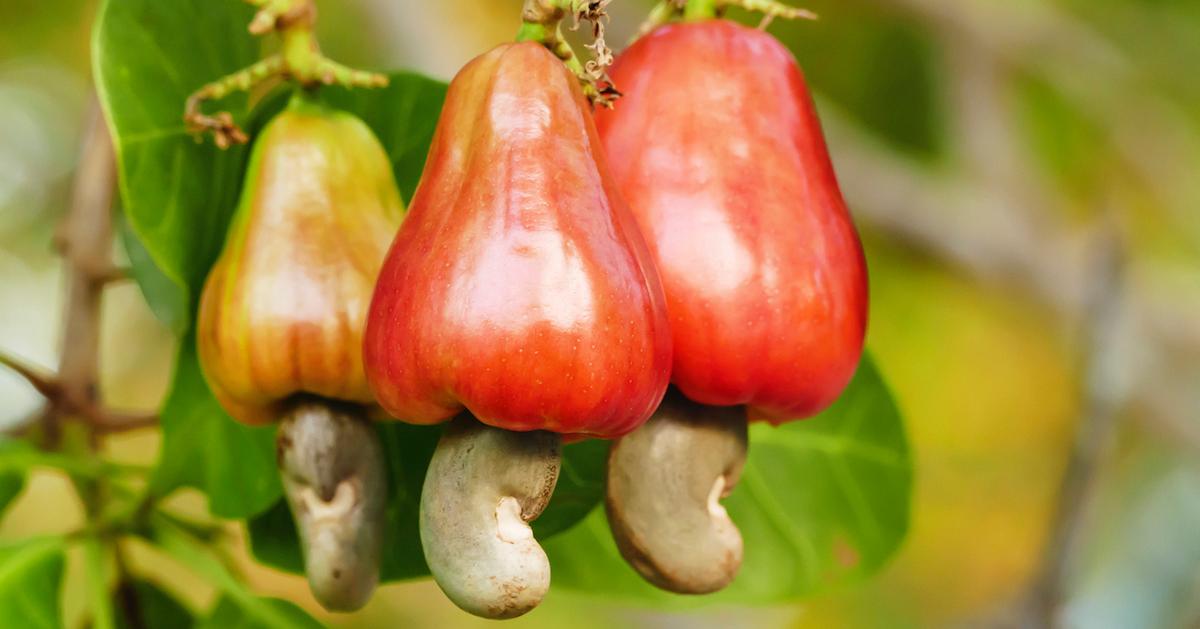
These fruits, called cashew apples, have a seed at the bottom that contains the nuts we know and love as cashews. The fruit isn't super pleasant to eat on its own, though in some places, it is cooked to remove its astringent properties and made into jams or chutneys. It's also often processed into alcohol. For example. in Brazil, the juice and pulp are used in the manufacture of the rum-like liquor cachaça.
Figs technically aren't vegan... because they're filled with dead wasps!
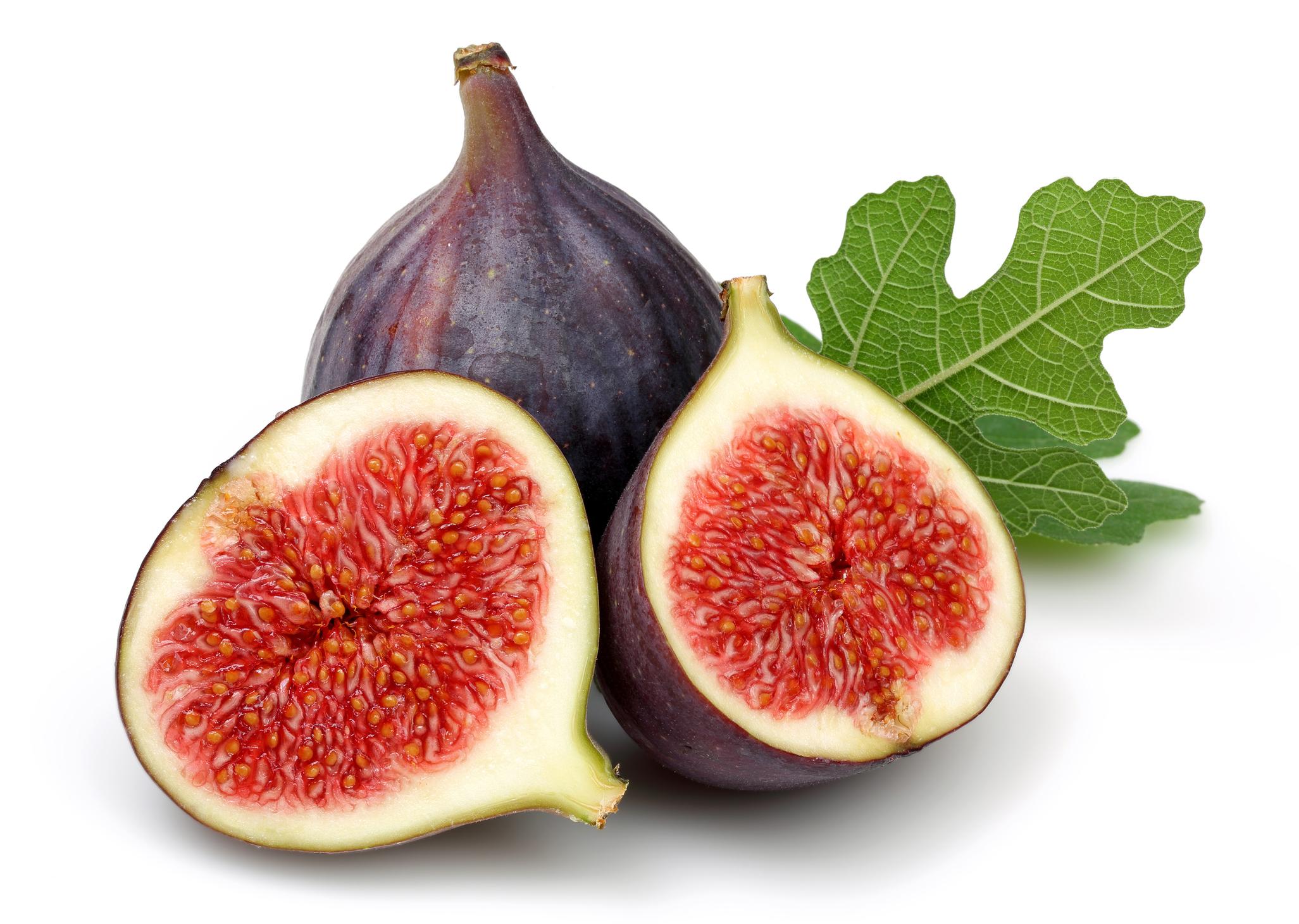
I recently blew my family's mind with this one. But it's true! Figs are technically inverted flowers, and the way they become those juicy sweet fruits we know and love are by being pollinated by fig wasps that accidentally enter female figs, get stuck, and die inside them. Don't worry, though. The wasp is usually broken down by an enzyme by the time we eat them, so it's not like we're picking wasp legs out of our teeth... most of the time.
Carrots don't improve your vision.
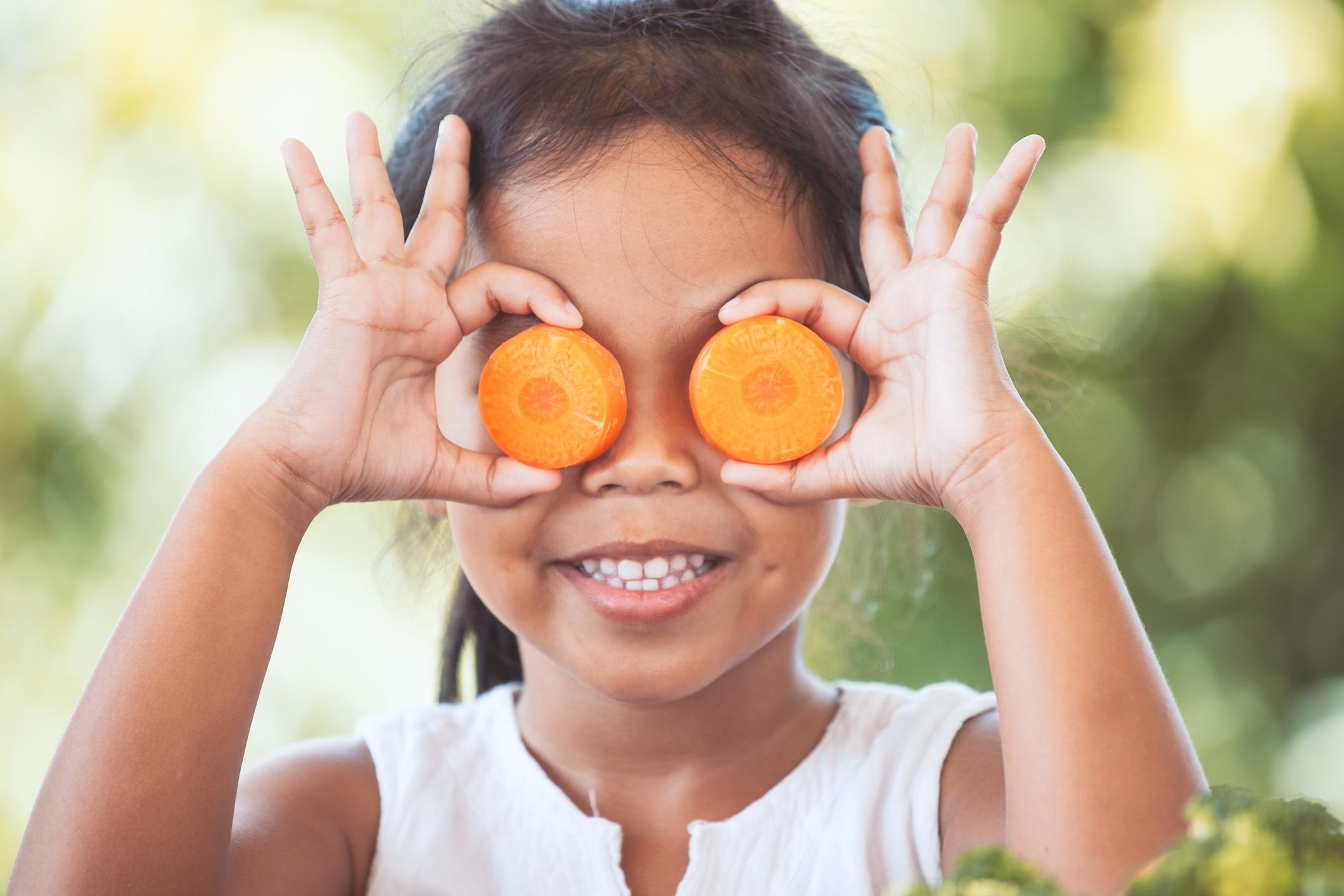
How rude! I've been fed this lie for decades. Sure, carrots have a lot of vitamin A, which is essential for healthy eyesight, but chomping on a bunch of them won't take your already bad eyesight and reverse it. Sorry.
Oranges aren't orange.
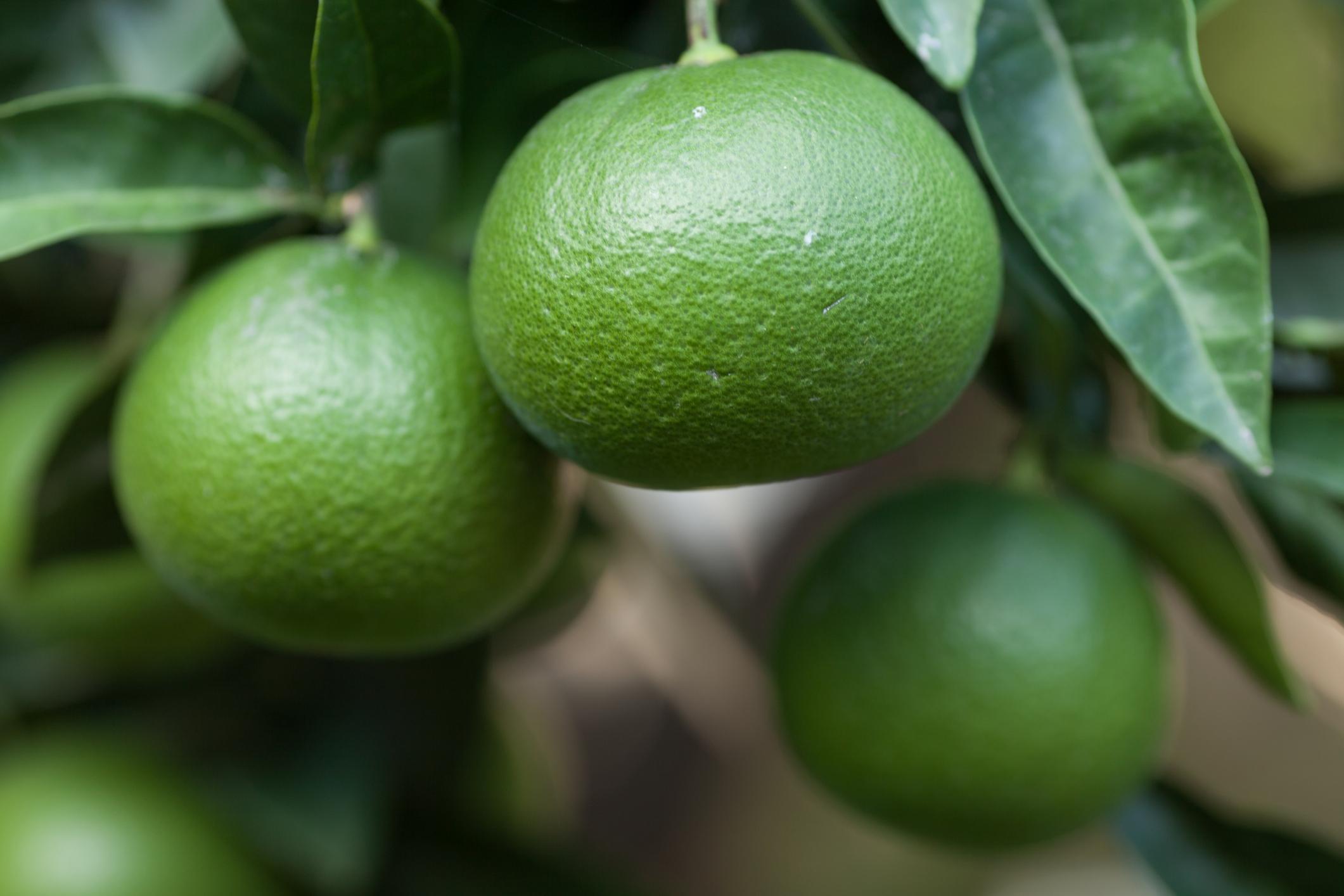
This one straight-up blew my mind. There's an ongoing debate about whether oranges (the fruit) were named after the color or vice versa, but that doesn't even matter anymore because most ripe oranges that grow in South America and other countries close to the equator are actually green when they're ripe! But since most Americans think green fruit is unripe, green oranges are artificially made orange, whether through being exposed to ethylene gas, shocked with cold, covered in wax, or straight-up dipped in orange dye.
Mountain Dew is mostly orange juice.
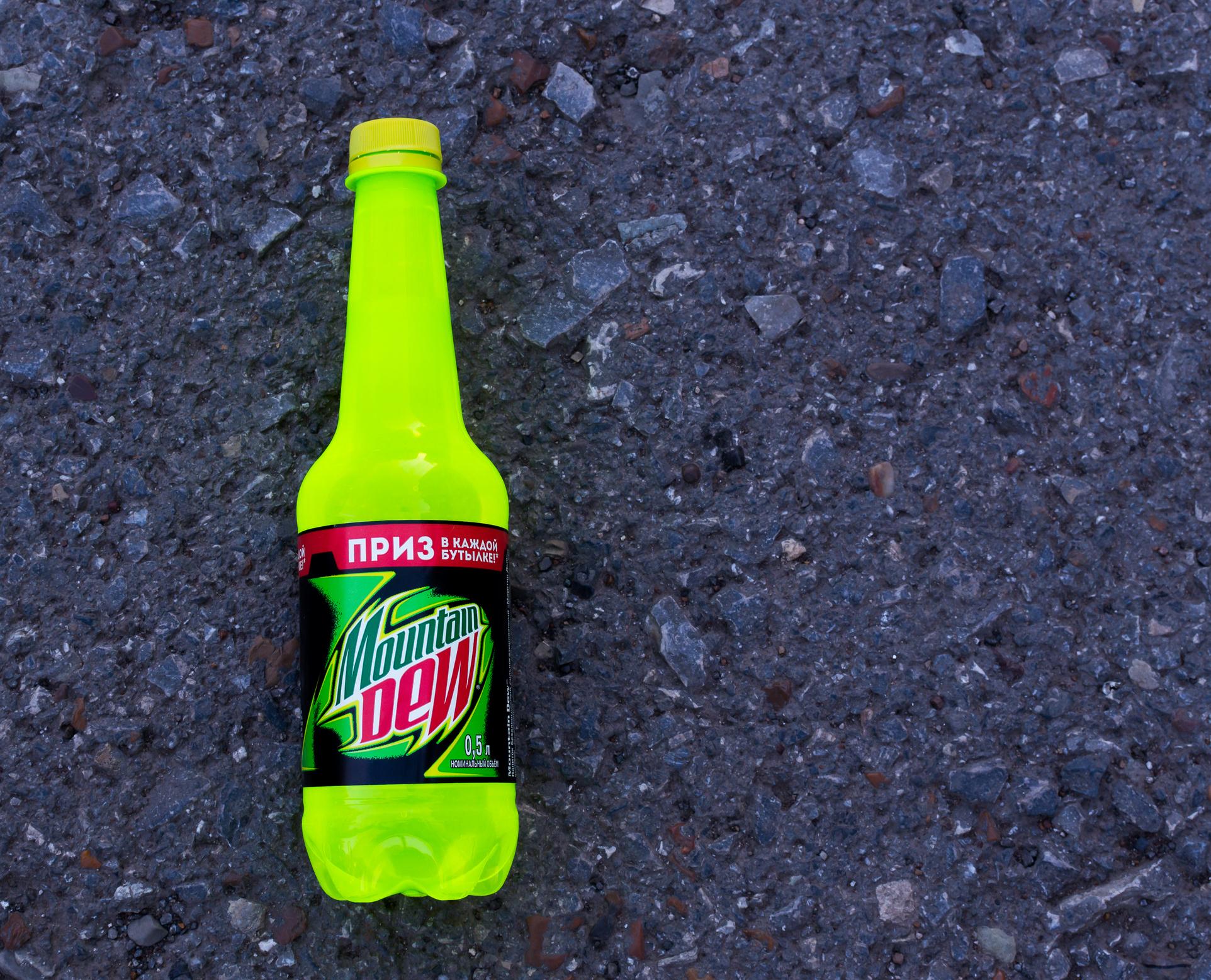
Speaking of oranges, your favorite caffeinated nightmare soda is pretty much just OJ. The first three ingredients are carbonated water, high fructose corn syrup, and concentrated orange juice. Who knew?
Real parmesan cheese isn't vegetarian.

If you're a vegetarian who likes to eat cheese, this may come as a terrible shock, but certified Parmigiano Reggiano, along with Gruyère, manchego, Emmental, pecorino Romano, gorgonzola, and some other cheeses you know and love are actually made with rennet, an enzyme harvested from the stomach linings of cows and goats. This makes these cheeses not actually vegetarian.
Flamin' Hot Cheetos were invented by a janitor at Frito-Lay.
Richard Montañez was a janitor at Frito-Lay when he took home a batch of Cheetos that accidentally didn't get dusted with Cheeto dust. He put chili powder on them, pitched his idea to the CEO, and the rest is history. Richard is now an executive at PepsiCo, a motivational speaker, and Eva Longoria is directing a movie about him. He's a legend!
Honey never goes bad. Ever.
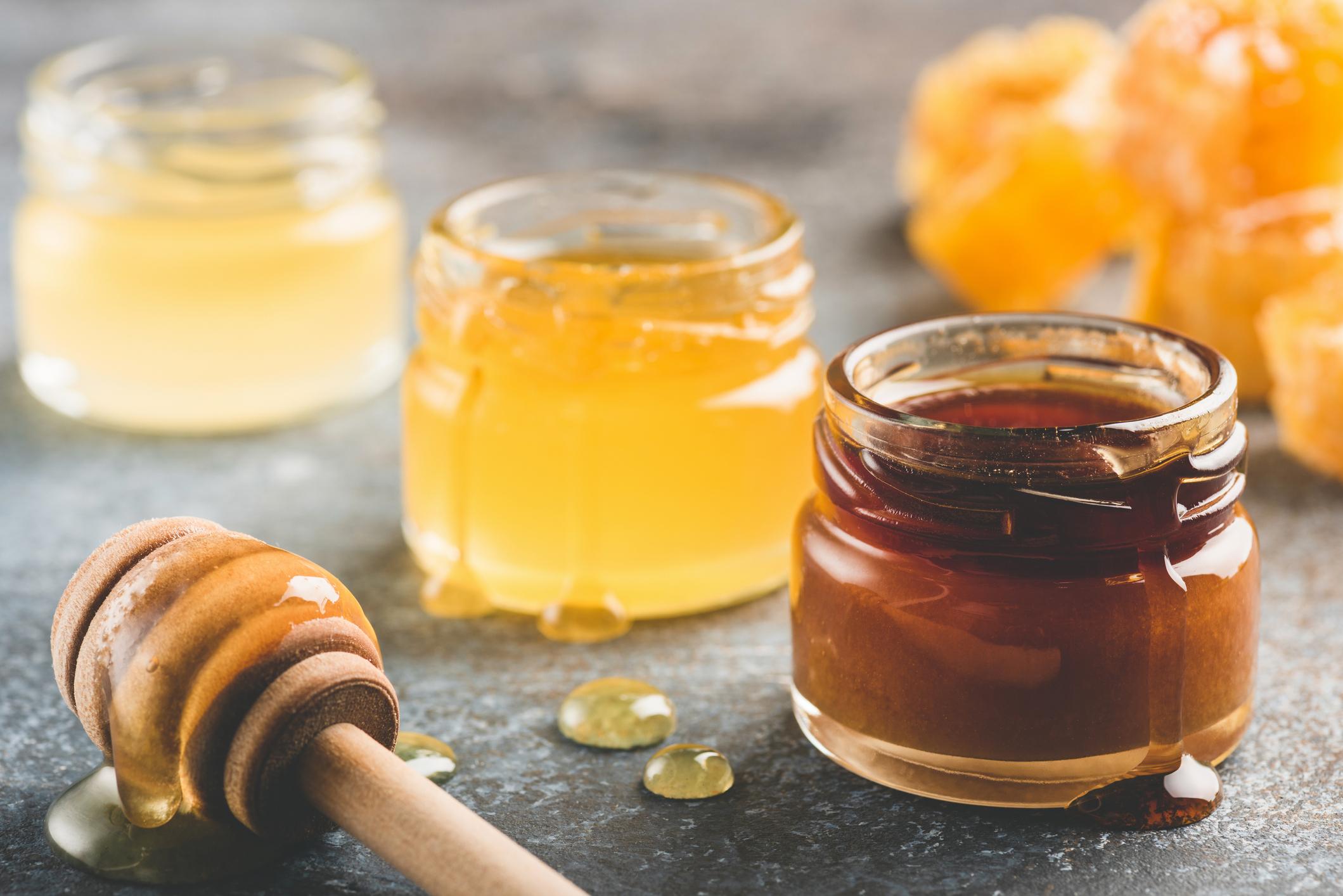
There's a lot of science behind it that has to do with pH levels an hydrogen peroxide, but all you have to know is that honey can never go bad. It can crystallize, but that doesn't mean it's bad. All you have to do is heat it gently to get crystallized honey back to its liquid form.
Peaches and nectarines are basically the same fruit.
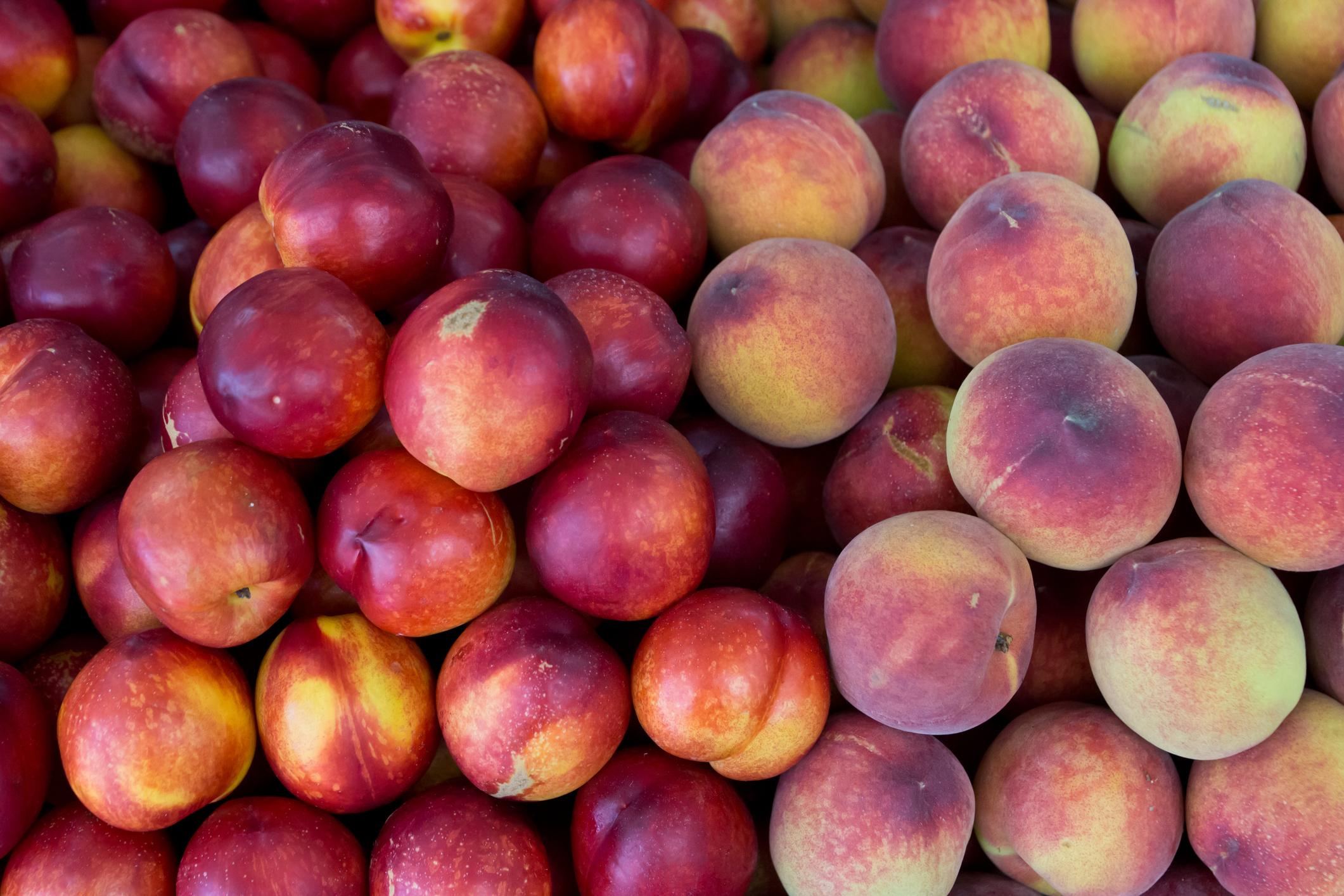
One is hairy, one is not. And many people believe that nectarines are a mix between peaches and plums. But that is just a common misconception. In fact, peaches and nectarines are nearly identical. There's just a single gene that's dominant in peaches and recessive in nectarines that results in the fuzzy vs. smooth skin.
Shredded cheese is full of wood pulp.
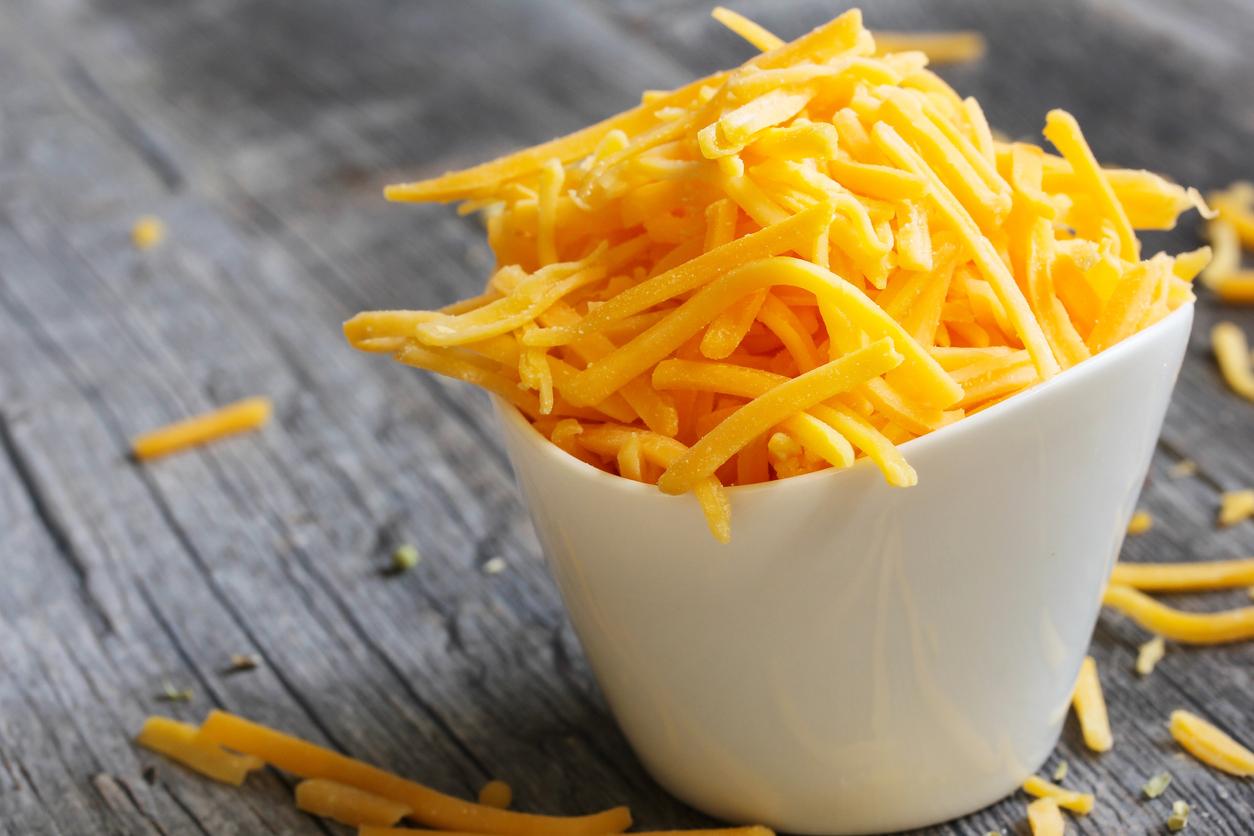
This one is sad but true. If you buy cheese that is pre-shredded, it's filled with "cellulose," also known as wood pulp, to keep it from clumping. It's generally safe to eat, and "cellulose" actually appears in lots of food products, as it's a cheap way to add fiber to things like cereals,. But the real issue is that consumers end up paying for a lot of what is essentially sawdust. Grate your own cheese, people!
Graham crackers and Corn Flakes were invented to curb masturbation.

Sylvester Graham, who invented the graham cracker, wanted to quell people's sexual urges with crispy bread. That was his unabashed aim! He had a whole diet committed to getting people to stop wanting to have sex and believed bland foods were the key. And his protégé was John Harvey Kellogg, who followed in his footsteps by developing Corn Flakes as part of a healthy diet that would squash any of those evil sexual desires one was not supposed to have.
German chocolate cake isn't German.
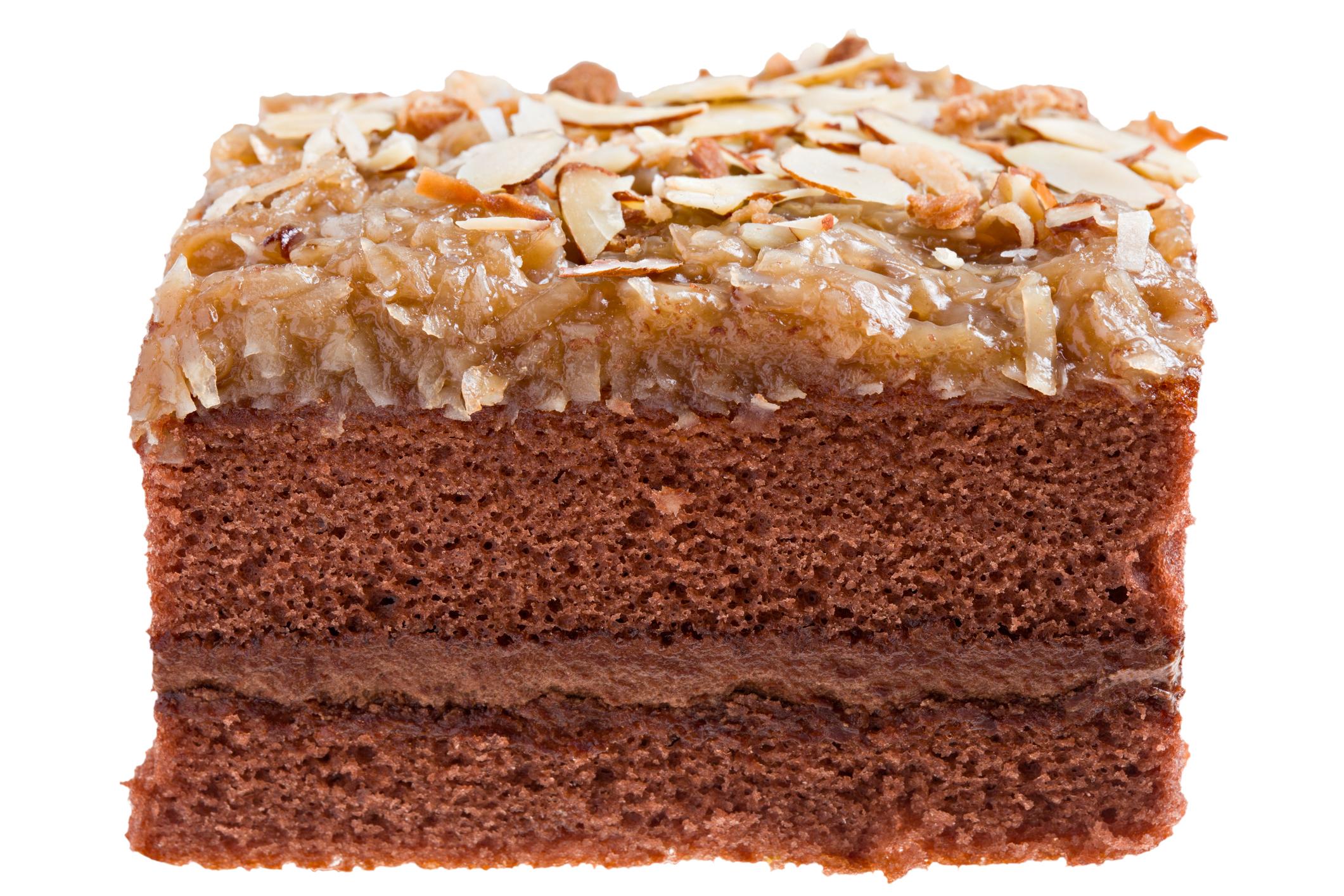
German chocolate cake is a thoroughly American treat named after a man named Sam German. Sam developed a chocolate for the Baker's Chocolate Company in 1852. In 1957, a recipe for "German's chocolate cake" appeared in the Dallas Morning Star. The recipe was written by a Texas homemaker and presumably used the chocolate named after Sam German. When the cake became popular, the apostrophe was dropped, and it became German Chocolate Cake.
You've (probably) never tasted wasabi.
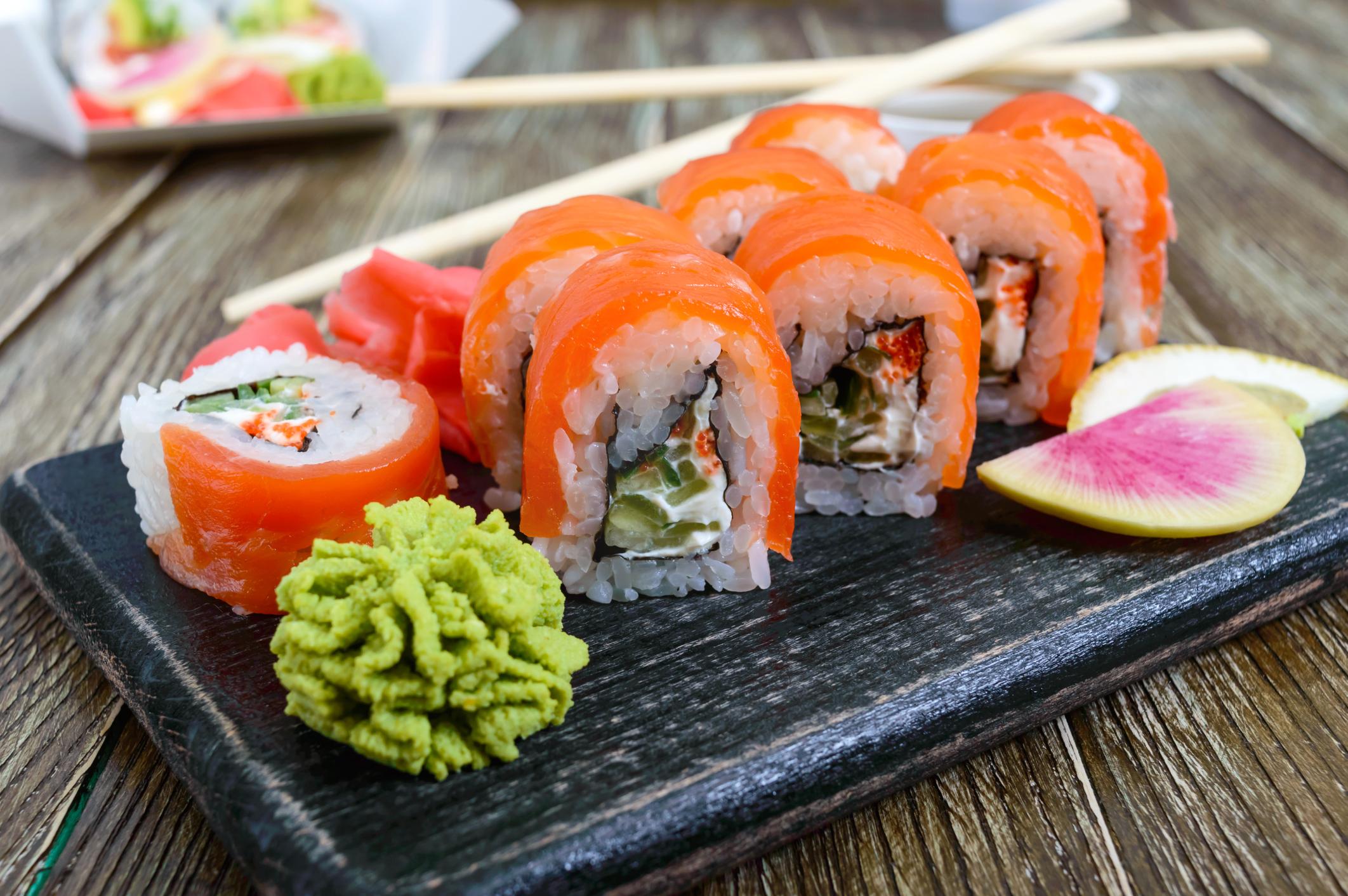
In all likelihood, you've never actually tasted real wasabi. Ninety-nine percent of the wasabi sold in the U.S. is actually a mixture of horseradish, hot mustard, and green dye. Real wasabi is super hard to grow, very expensive, and must be eaten within 15 minutes of being freshly grated. Even most of the wasabi sold in Japan isn't the real stuff.
Red, yellow, and green bell peppers are the same vegetable in different stages of development.
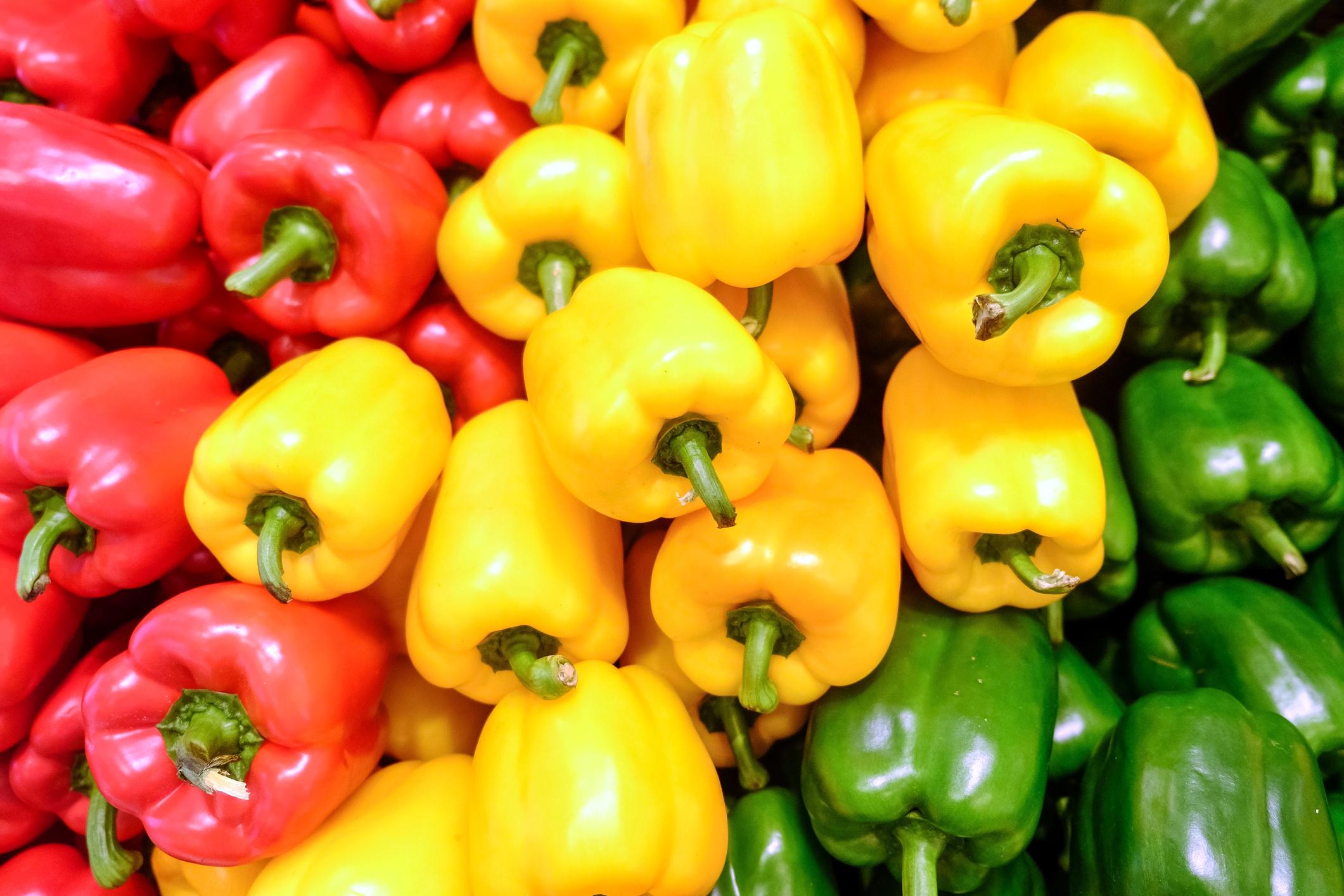
You might have known this one already, but I remember when I learned this, it blew my mind. It's true! If you were to leave a green pepper to grow on the vine, it would eventually turn yellow, and then red. The fact that these peppers all have slightly different tastes has to do with science that I don't understand. And I think I'm in the minority, but for me? Green peppers all day every day. They're the best ones by far.
Thomas Jefferson brought French fries to the U.S.
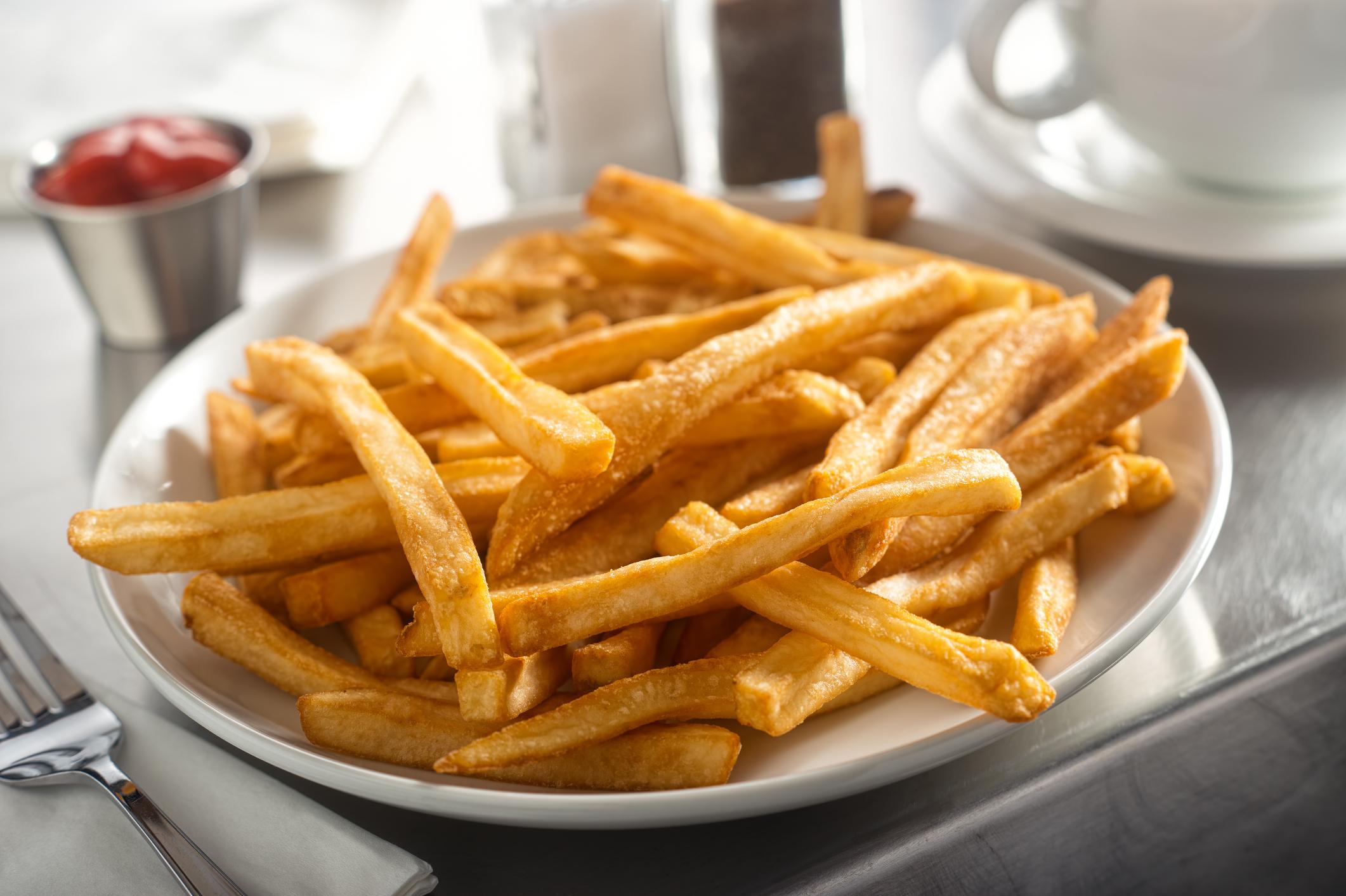
He may have been a terrible, slave-owning dude, but Thomas Jefferson is credited with introducing French fries to the United States when he served them at a White House dinner.
Nutmeg can get you high (and make you very sick).
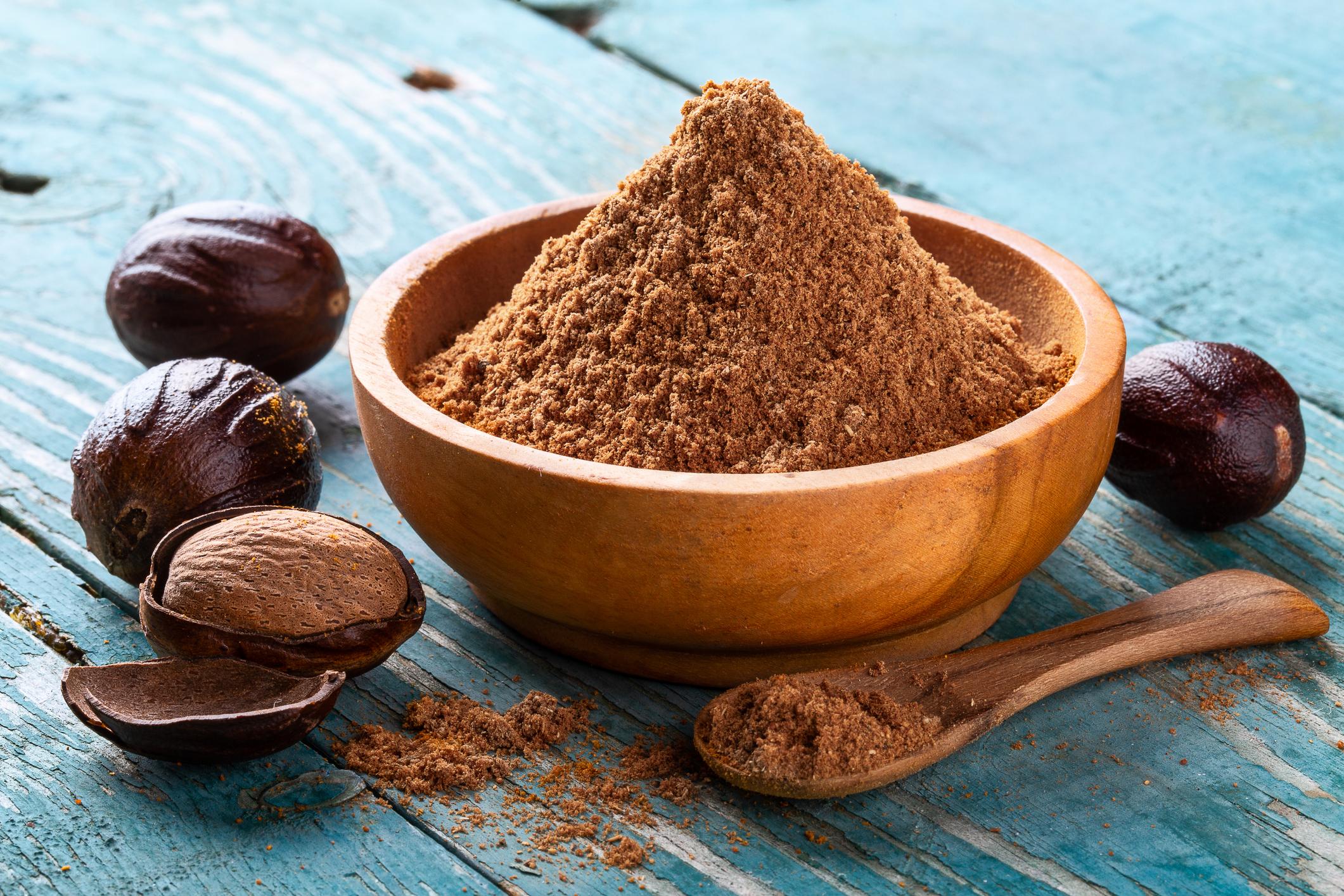
In large doses, nutmeg — the spice that we all associate with Christmas cookies and eggnog — is a hallucinogenic that can get you really, really high. It contains myristicin, a natural compound that can give you a buzz that lasts days, much like LSD. But it can also result in nausea, vomiting, diarrhea, and heart and nerve problems. So... don't snort that nutmeg in your cabinet. You'll regret it.
Spaghetti is plural. A single noodle is called a spaghetto!
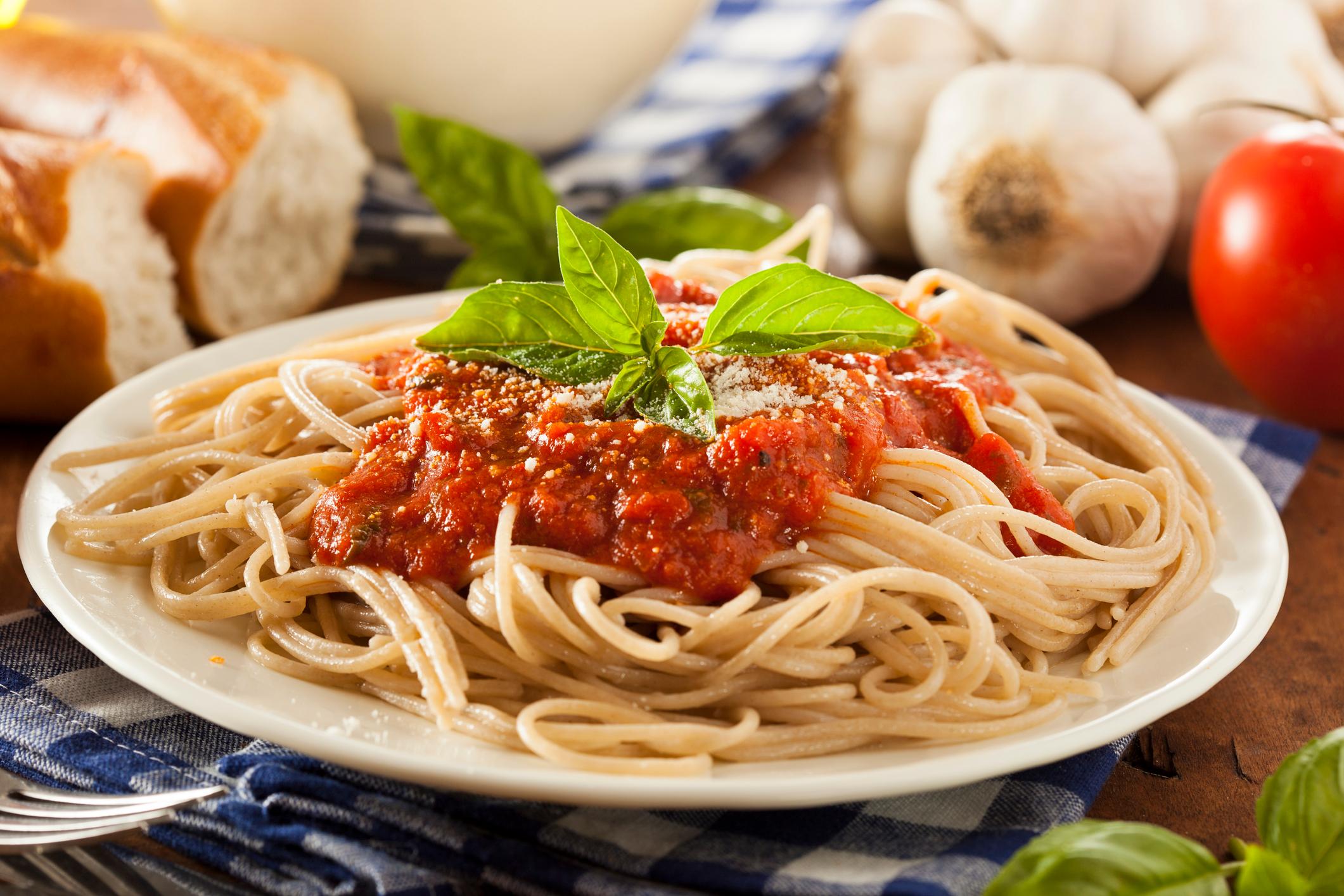
Spaghetto! I love this so much. I almost never refer to a single noodle of spaghetti, but now that I know it's called a "spaghetto," I'm going to do it all the time. Maybe I'll name my child Spaghetto. That's how much I love this word.
You can make diamonds out of peanut butter.
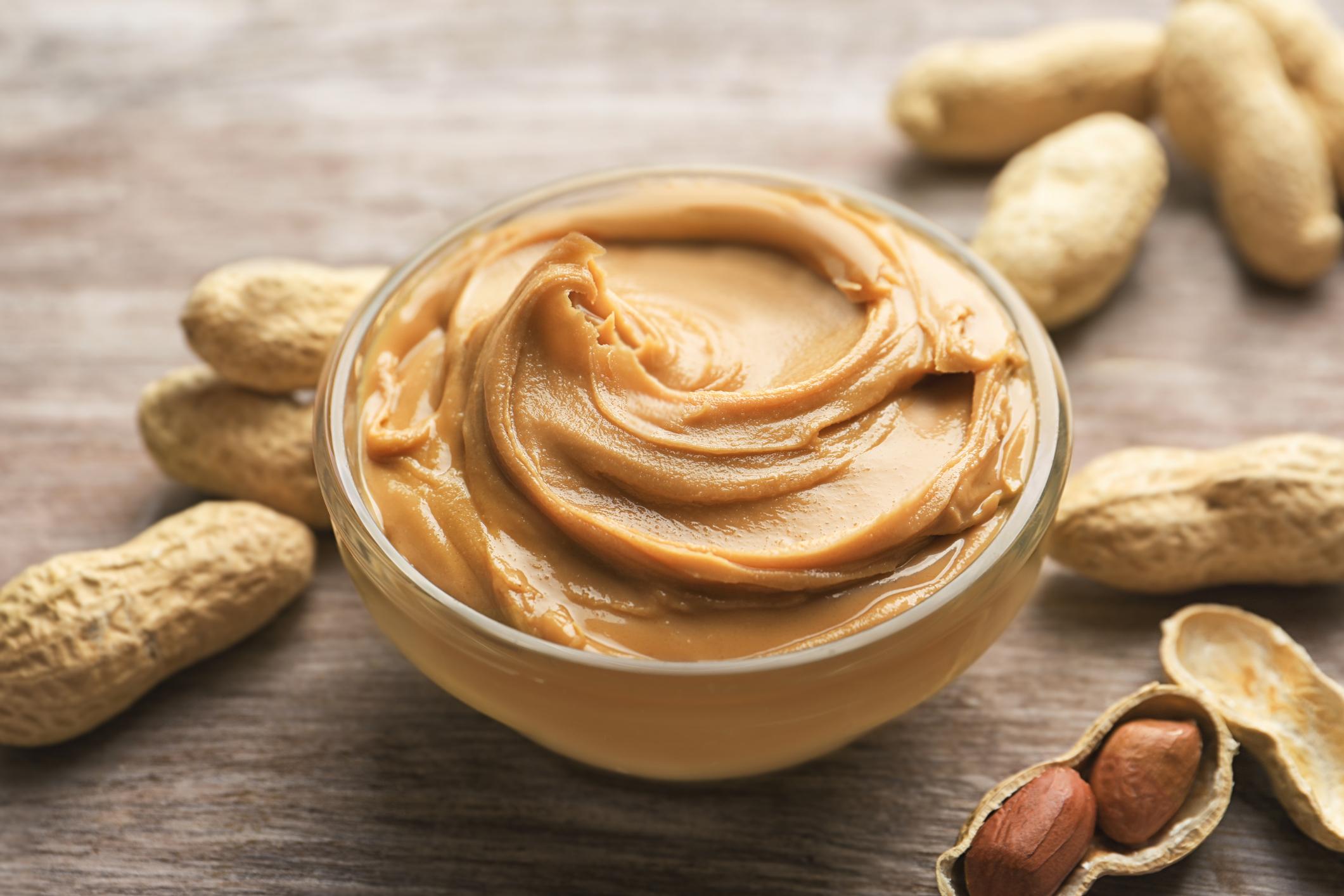
Well, you probably can't, but scientists can! Diamonds are really just super concentrated carbon. And guess what's very rich in carbon? Good ol' Skippy! There's a lot of complicated science about mimicking the Earth's pressure, but basically, all you have to do is take peanut butter and squeeze it really, really, really, really, really, really hard, and you get a diamond.
Hawaiian pizza was invented in Canada.
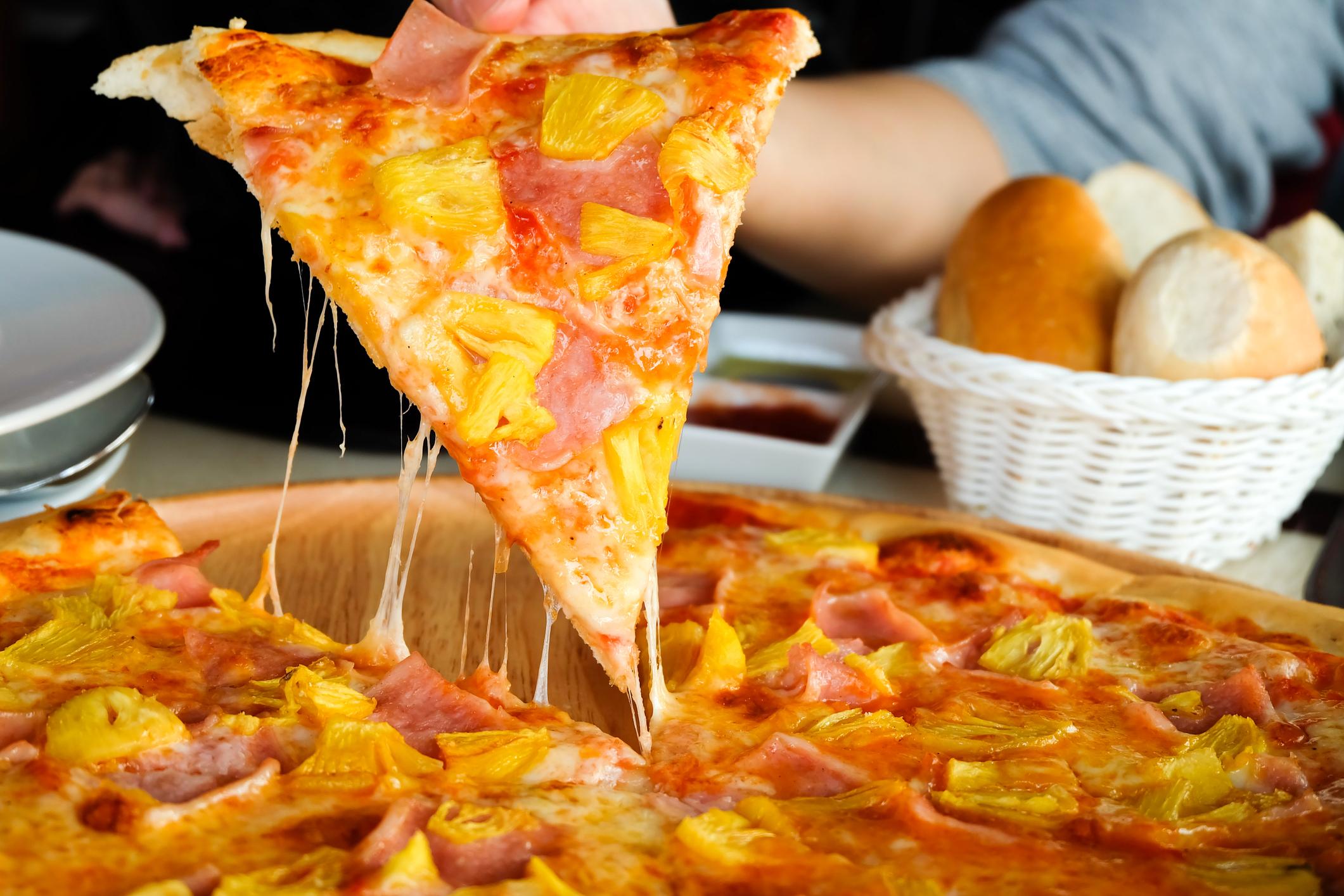
I knew there was something dark and sinister about Canada, I just didn't know what it was. Until today. There had to be something horrific hiding under those friendly smiles and constant apologies. Now I know that every Canadian is just always apologizing for the fact that they invented Hawaiian pizza.
Chipotle peppers are just smoked, dried jalapeños.
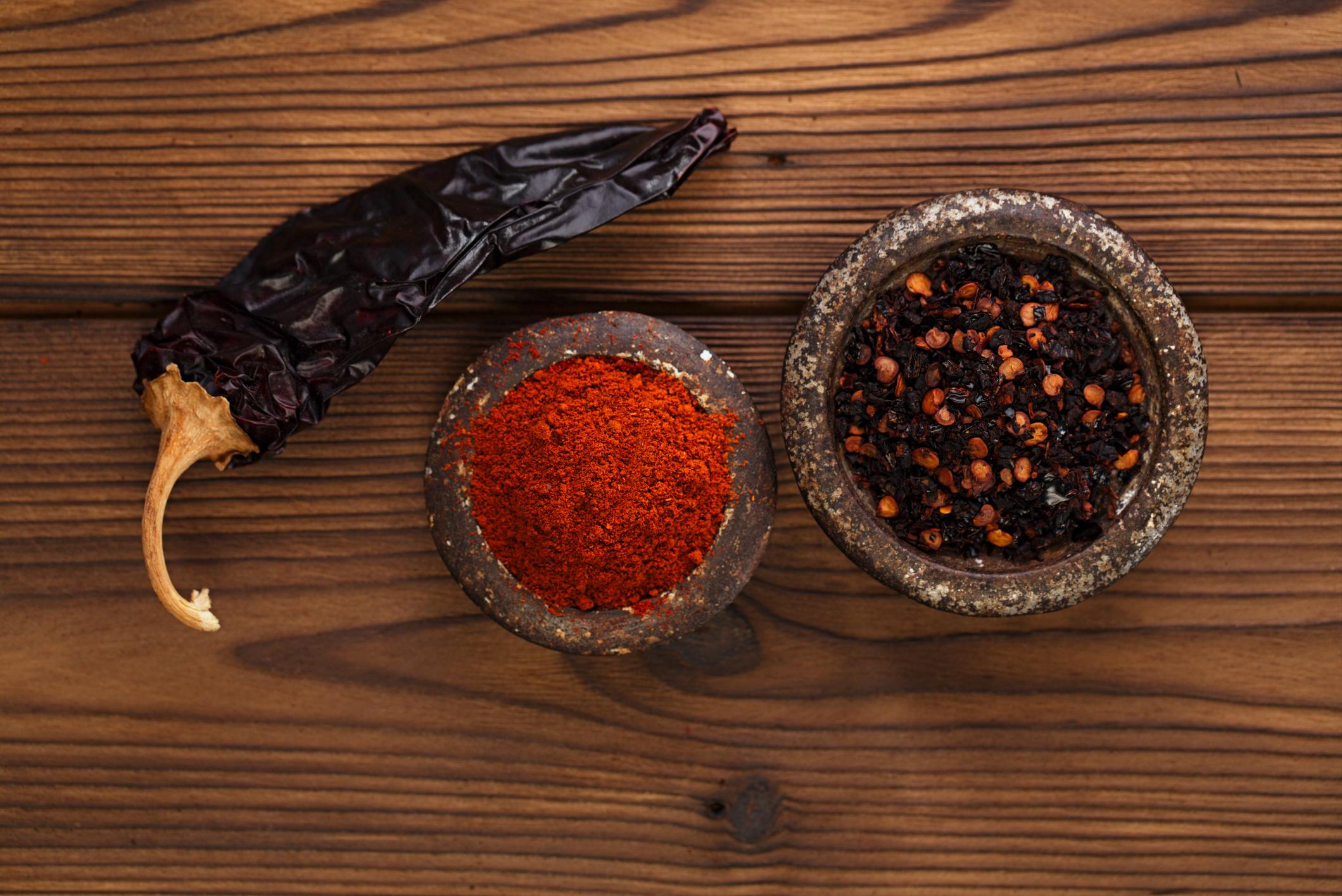
There is a whole world of chili peppers out there, and this fact just scratches the surface. But it kind of blew my mind to learn that the smoky flavored chipotle pepper is really just a jalapeño that has been dried and smoked. It's the same exact pepper, and yet it tastes so different in this form!
Asparagus grows out of the ground in single stalks.
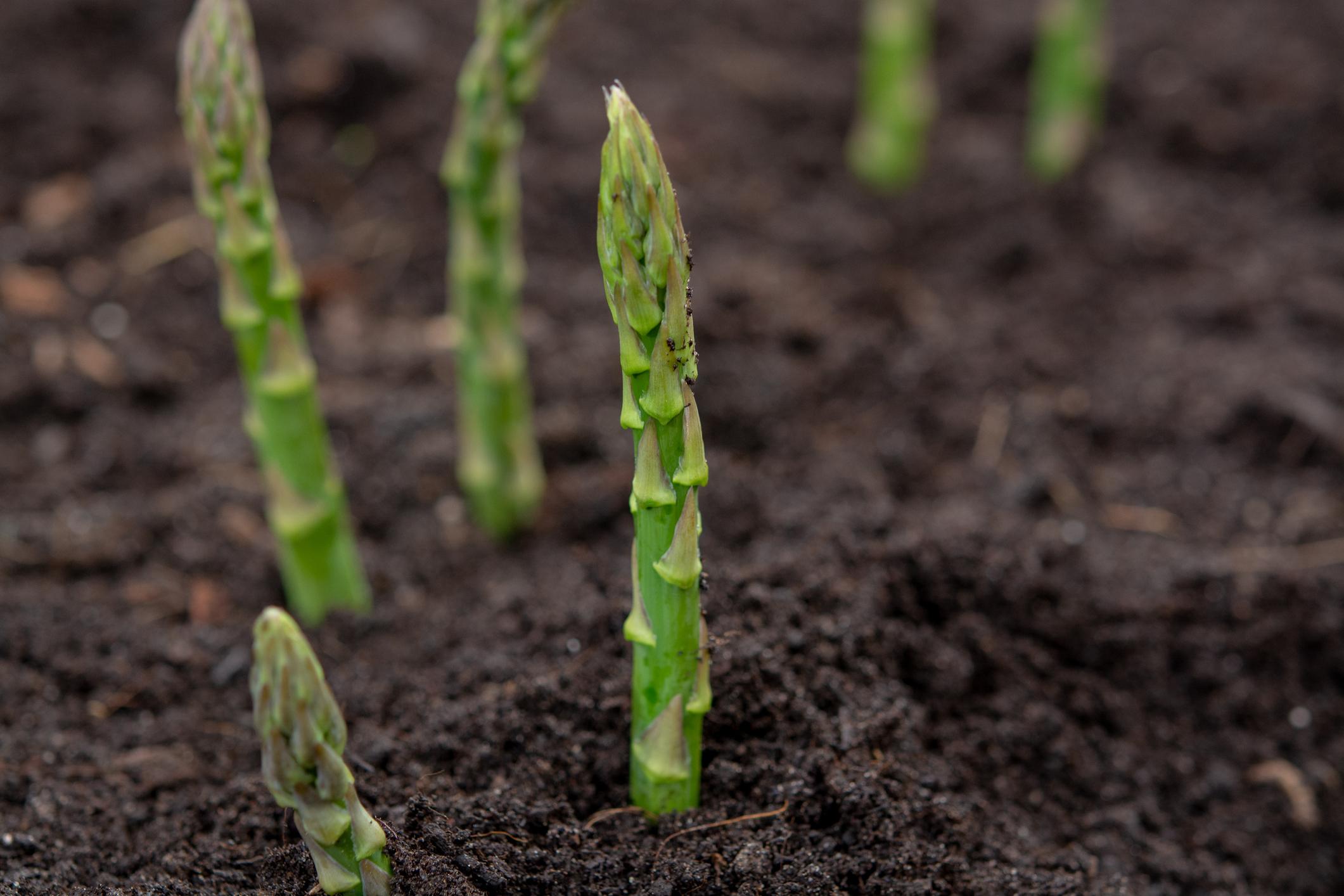
it looks like someone took a bunch of asparagus and just stuck it in the dirt, but I swear, this is how they actually grow. It's insane. Honestly, I now respect and feel bad for asparagus so much more knowing that they have such lonely, stark existences.
